For centuries, St. Patrick’s Day has been celebrated on March 17, the date generally considered to be the day St. Patrick died in the year 461. St. Patrick’s Day celebrations date back to the 9th or 10th century, but the first recorded St. Patrick’s Day parade was held in North America in the 1600s!
St. Patrick is believed to have been born around the year 385 in Roman Britain (present-day Great Britain). He was the son of a deacon and grandson of a priest in the Christian church. Despite this lineage, Patrick claimed that as a child he was not an active believer. When he was 16, he was kidnapped by Irish raiders to work as a slave in Gaelic Ireland. He spent six years there as a shepherd and during that time, he found God.
According to his own account, Patrick said that God told him to escape to the coast where a boat would be waiting to take him home. Patrick traveled 200 miles to the coast and convinced a ship captain to take him home. Patrick made his way back to Britain and became a priest. He then returned to Ireland to convert thousands of pagans to Christianity.
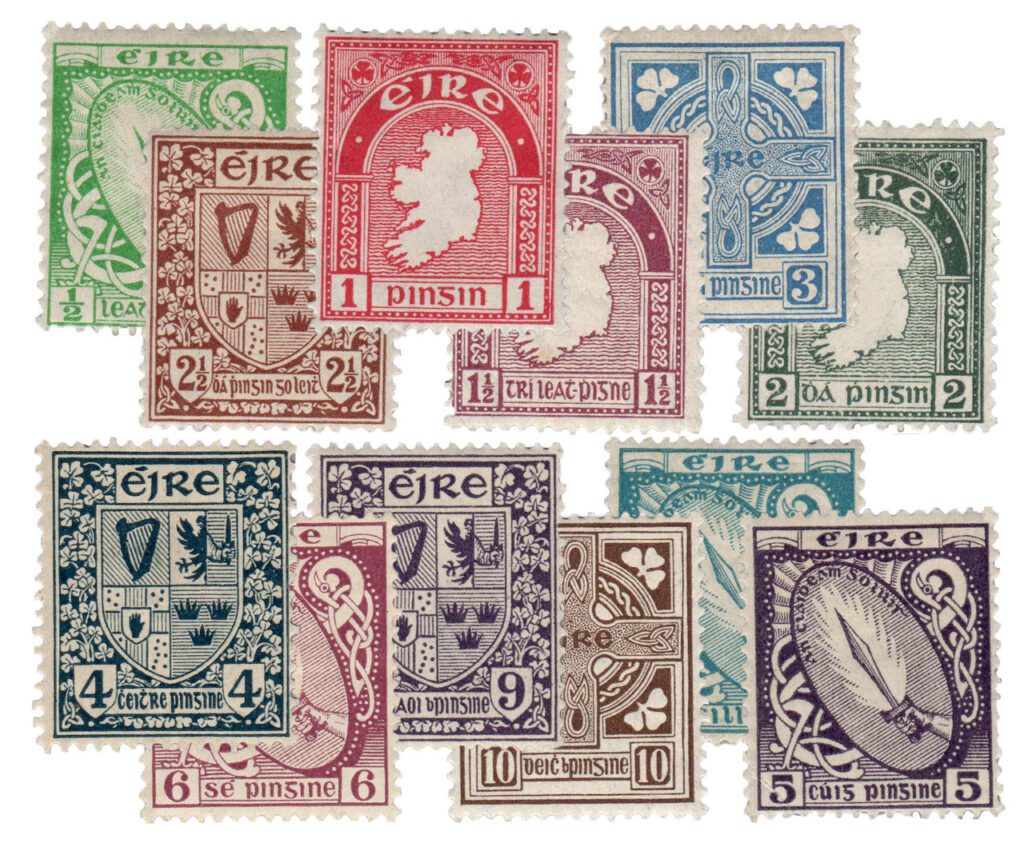
According to legend, Patrick used the shamrock to teach the Irish about the Holy Trinity. He compared the Holy Trinity (father, son, and holy spirit) to the three-leaved native Irish clover, the shamrock. One of the most famous legends surrounding St. Patrick is the story that he banished all snakes from Ireland. (However, naturalists and historians don’t believe there were ever any snakes for him to have banished.)
Patrick is believed to have died on or around March 17, 461. By the seventh century, he was honored as the patron saint of Ireland and the “Apostle of Ireland.” March 17 has been observed as St. Patrick’s Roman Catholic feast day since the ninth or tenth century.
Interestingly, the first St. Patrick’s Day Parade was held in present-day St. Augustine, Florida. In 1601, the area was part of a Spanish colony. The colony’s Irish vicar, Ricardo Artur, organized the first parade on March 17 of that year. After his death, the tradition seemed to die with him. Over a century later, Irish soldiers serving in the British military missed home and organized their own parades – in Boston in 1737 and New York City in 1762.
Over the years, Irish aid societies such as the Friendly Sons of Saint Patrick and the Hibernian Society began holding annual parades with bagpipes and drums. Then in 1848, several of these groups joined together to establish New York City’s official St. Patrick’s Day parade. It grew to be the largest and oldest civilian parade in the country, with more than 150,000 participants and three million attendees.
In the mid-1800s, some two million Irish emigrated to the US to escape the ravages of the potato famine. They missed their home, so St. Patrick’s Day became a celebration of being Irish. For many years, Irish immigrants struggled to gain acceptance in the US, ostracized for their religious beliefs. As anti-Catholic discrimination decreased, they received greater acceptance, and soon, St. Patrick’s Day celebrations spread outside Irish circles. Today, St. Patrick’s Day is celebrated across the US and in countries around the world.
Did you know that corned beef and cabbage is an American tradition? In Ireland, celebrants usually consumed ham and cabbage. But when immigrants arrived in America, they found corned beef was the cheapest meat available. They could buy it for a penny a pound from ships at New York’s South Street Seaport. They boiled it three times to remove some of the brine.
Up until the 1900s, celebrations in Ireland were solemn affairs – families attended church and had a meal, but pubs were closed. Once televisions arrived and displayed the celebrations being held in America, Ireland began to expand its own celebrations. Since 1996, Dublin has hosted a multi-day festival that attracts more than one million people every year.
Click here for more Ireland stamps.
| FREE printable This Day in History album pages Download a PDF of today’s article. Get a binder or other supplies to create your This Day in History album. |
Discover what else happened on This Day in History.

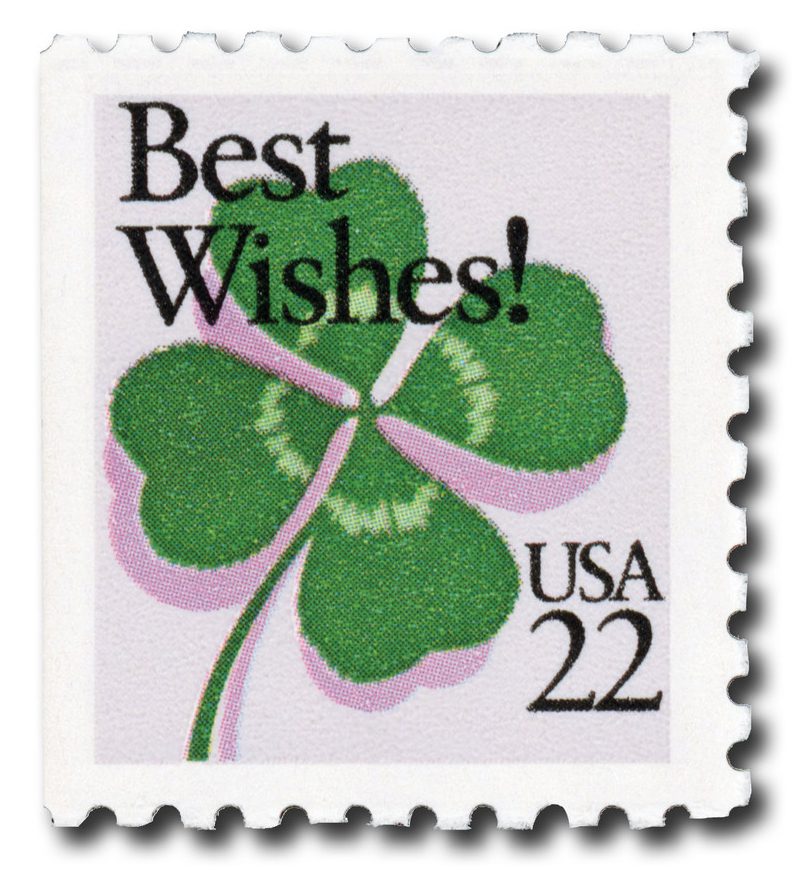
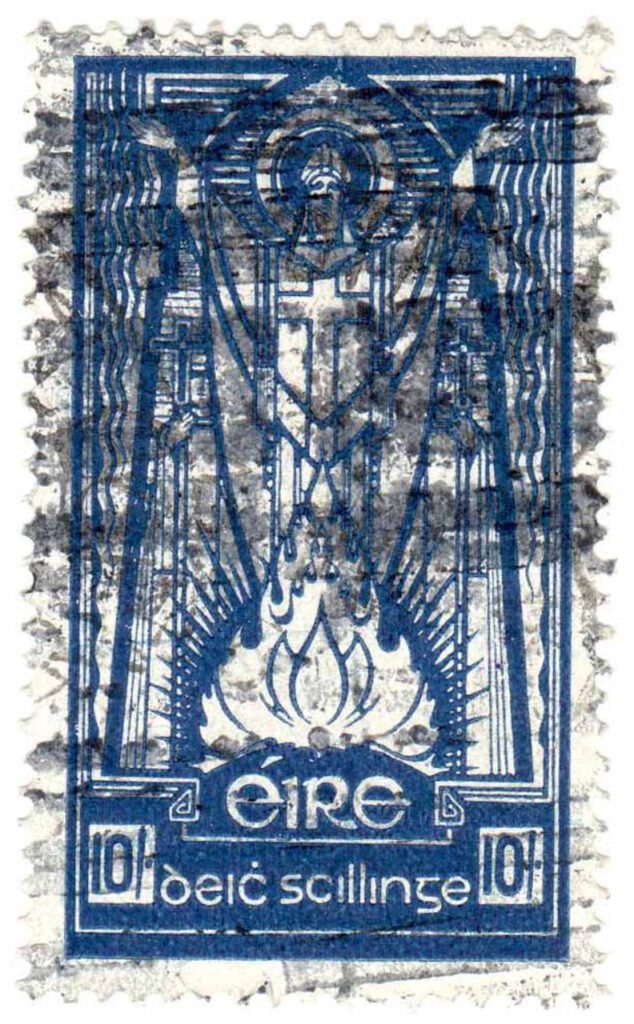
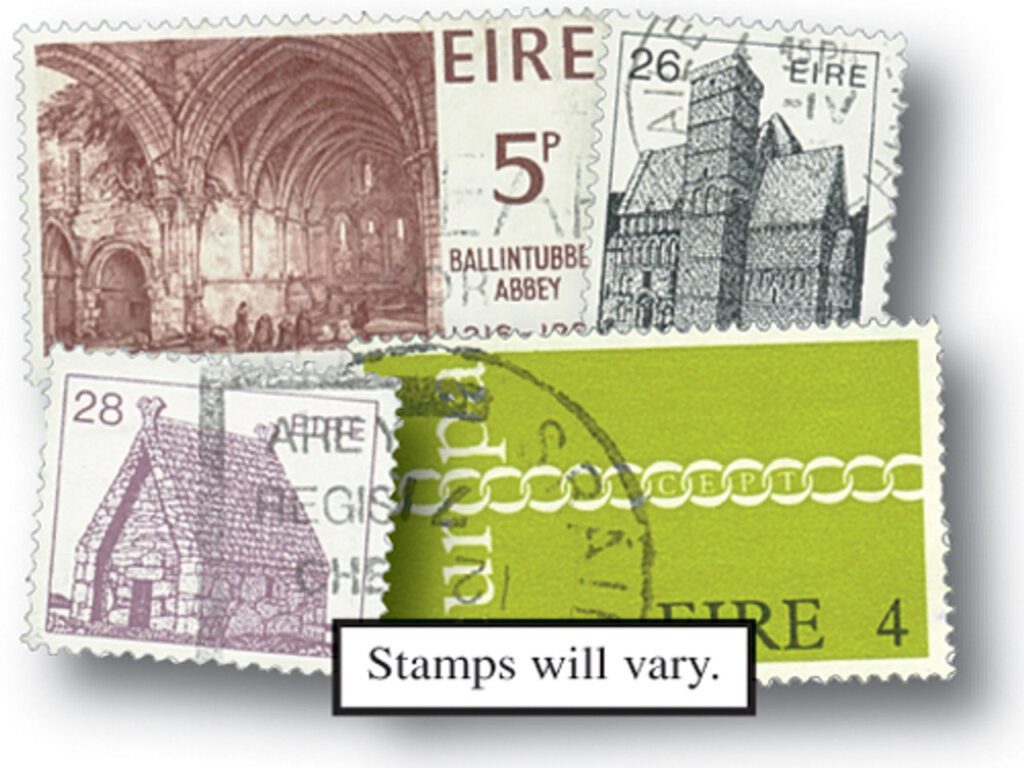
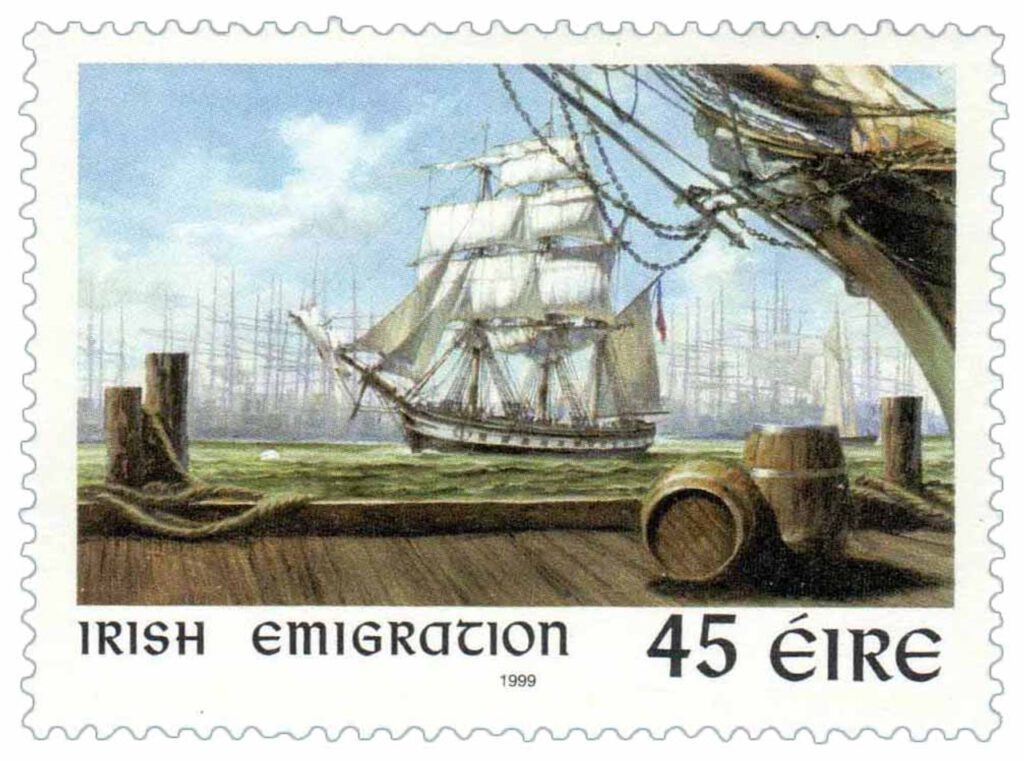
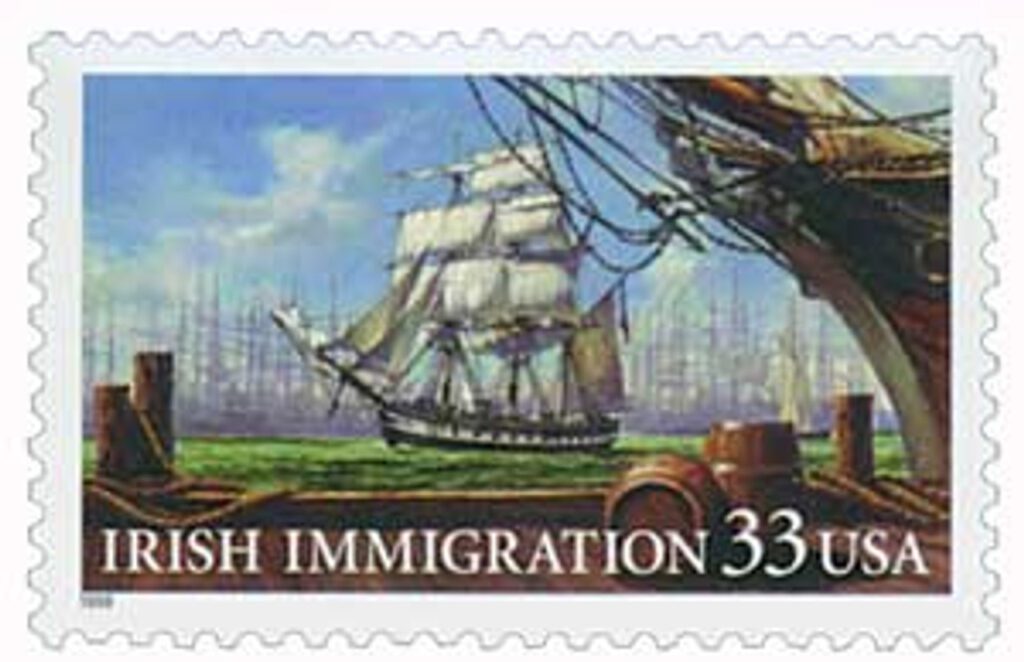

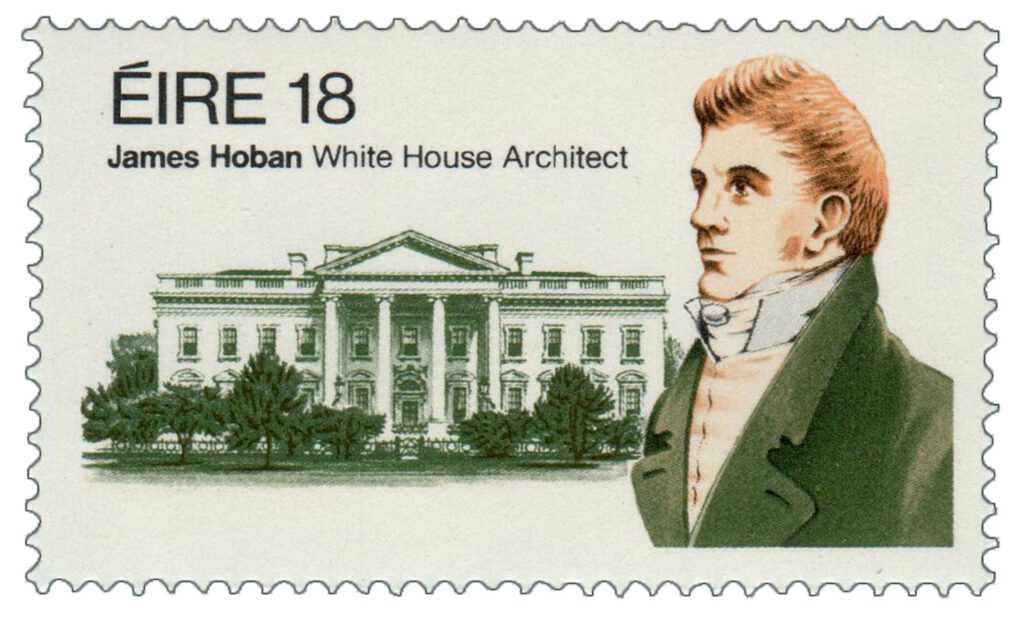
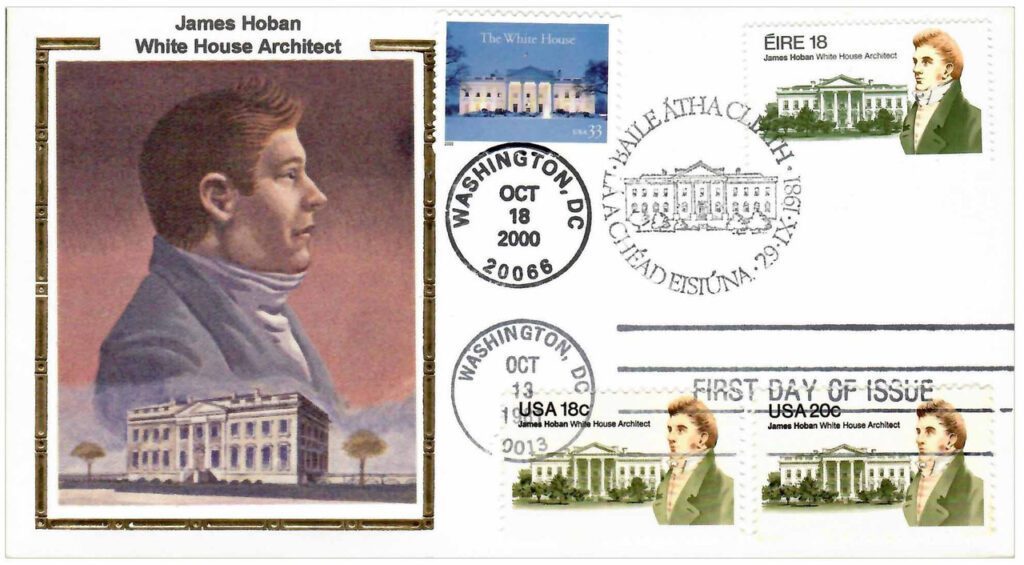

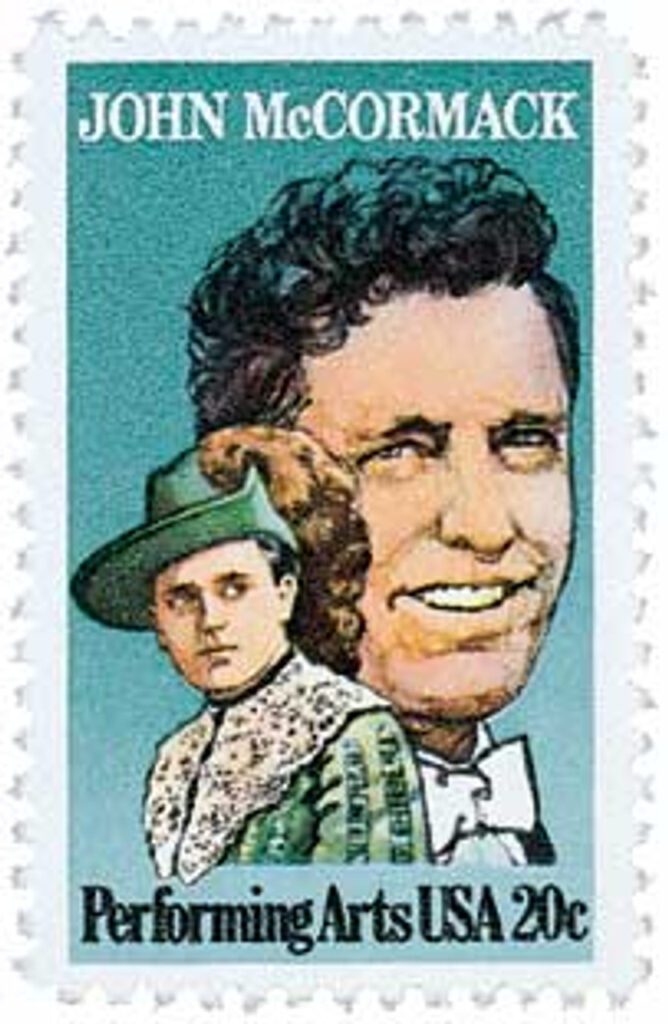
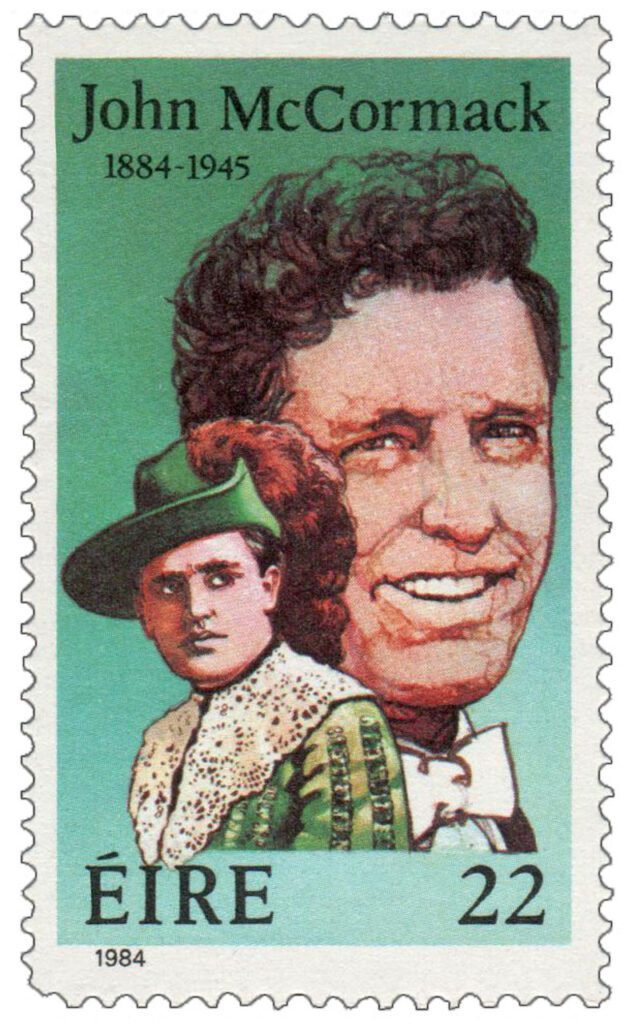
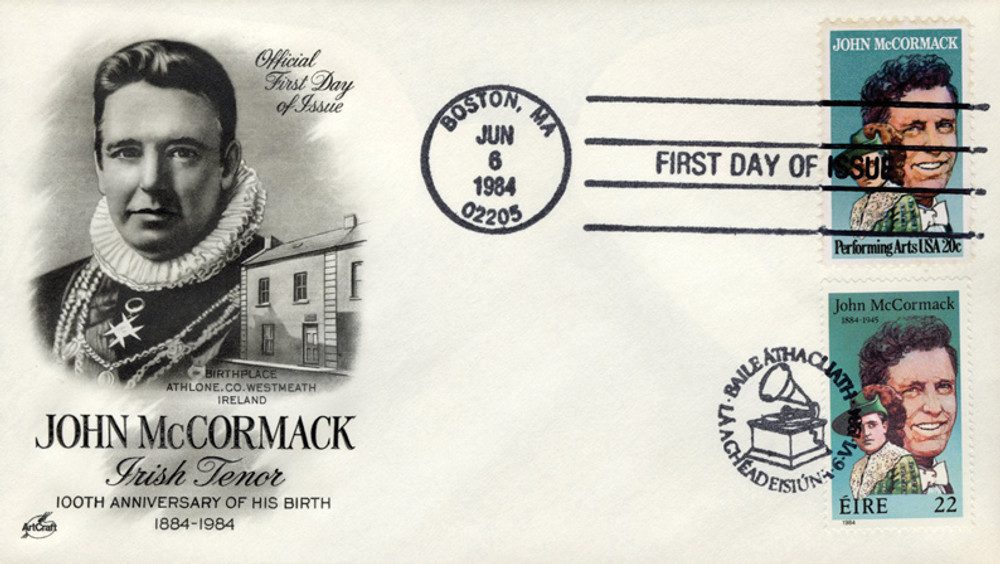
Much like St Nicklaus & Johnny Appleseed, happy traditions have lasted over many centuries. Thank you Mystic Stamp for helping us smile today.
Happy Saint Patick’s Day to All !!!
Nice writeup for today!! Thankyou!!
Not Irish, but Spanish, French, and Scottish (English).